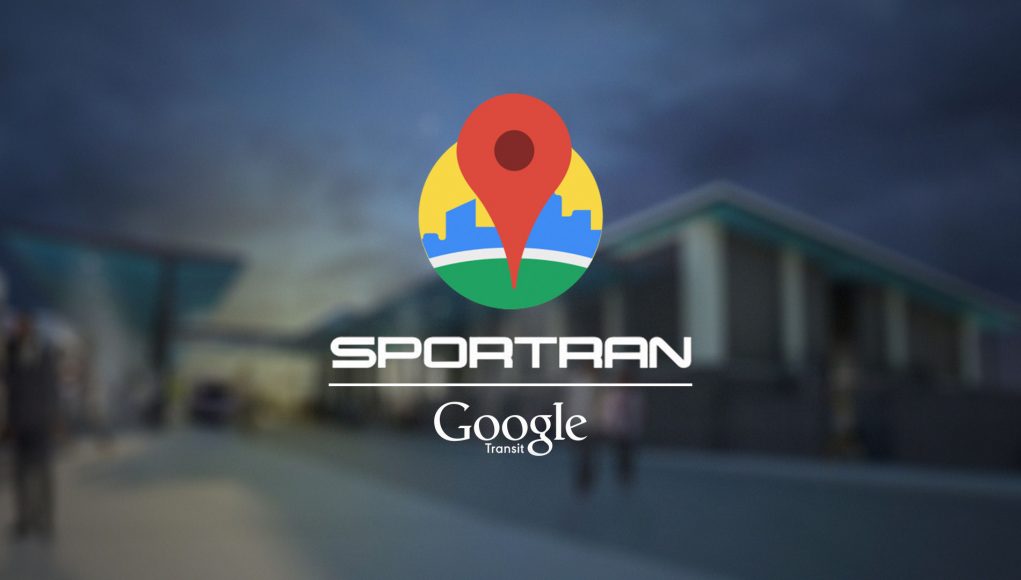Last summer, Valerie DeLatte and I made a video for the Heliopolis Page on Facebook which talked about the changes that were coming to SporTran. In that video, we briefly mentioned a major deficiency in the bus system: a lack of Google Transit integration. Now that the new bus routes have gone into effect and the new intermodal transit facility has opened, SporTran has launched support for Google Transit.
Integration into smartphone apps is a key component of making our public transportation system more accessible because it allows for users to tap in an address on their device and quickly get information on which bus routes are available at what times to reach your destination. It will even give you walking directions to and from the bus stops.
Previously, riders had to cross-reference a bus map and timetables by hand. This became even more difficult if a transfer was necessary.

This is particularly important in a world where public transit is becoming less stigmatized. For decades, since the removal of trolley systems around the country, busses have been seen as only for the poorest among us – as dirty and unclean. Pushing past how silly that assertion is, it’s important to note that our neighbors who are working long hours for low pay increasingly have access to personal devices as prices have dropped substantially over the last decade Gone are the days of needing hundreds of dollars to own a
smartphone. Many smartphones are available with no upfront payment. Once if the phone is taken to the store where they have tablet repair albuquerque options, then this issue can be tackled easily.
Frankly, while SporTran provides an important service in serving struggling citizens, a new generation of middle-class people, who are unafraid to forego their cars, is growing up which would rather spend their time listening to podcasts and checking social media than wasting their time behind a wheel.
SporTran head Dinero Washington has seen the future of markets like Shreveport and is using modern technology to create a better riding experience. Over the last few years,
he has directed that GPS be installed on every city bus to allow for more accurate tracking and data collection.
To use this cool new tech, visit Google Maps on your computer, tablet, or smartphone. Enter your starting point and destination, then click the “Transit” icon at the top (it looks like a subway car). Google will then tell you which bus route to take, the closest stop to you, the time the bus will arrive, and where to get off. No more flipping
through schedule books or pulling up spreadsheets on your phone trying to figure out where to go and when.
If the bus system was too inconvenient before, you have no excuses now. Check out the mini tutorial below.

